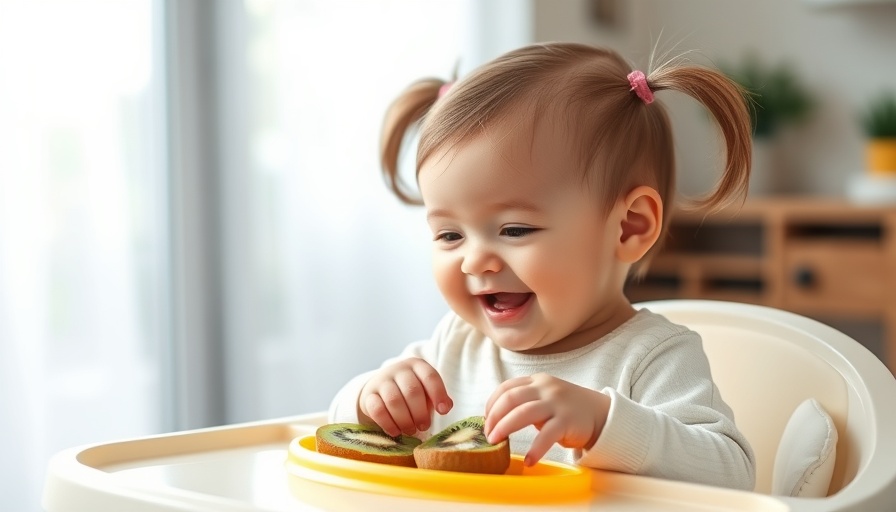
When Do Babies Start to Self-Soothe?
As parents navigate the challenges of infant sleep, a common question arises: When can babies self-soothe? According to pediatric sleep research, infants typically start developing the ability to self-soothe between the ages of 4 to 12 months. However, it’s crucial to remember that each baby is unique. While some might begin this process as early as 4 months, others may take longer.
Understanding Self-Soothing Development
Research illustrates a gradual increase in self-soothing abilities as infants mature. A pivotal study by Goodlin‐Jones et al. (2001) observed that only about 17% of infants at 3 months could self-soothe. By 6–9 months, this figure jumps to 61%. Interestingly, at 12 months, only about 50% of infants had developed self-soothing skills, suggesting that many still rely on parental support.
This variance emphasizes the normalization of the learning process. Parents often feel pressured when their 6 or 9-month-old seems unable to sleep independently. Understanding that this is a development milestone can help parents adopt a more patient approach.
What Self-Soothing Looks Like
According to sleep research led by Burnham et al. (2002), self-soothing behaviors include thumb sucking, gently rocking, or using a pacifier. These signs indicate that a baby is starting to regulate their emotions and sleep patterns independently.
Recognizing these behaviors is empowering. As a parent, knowing that your baby is moving toward autonomy in sleeping can alleviate some of the stress associated with nighttime interruptions.
Strategies to Support Self-Soothing
Implementing gentle strategies can significantly promote self-soothing. Research has indicated that putting babies down drowsy but awake increases their chances of learning to self-soothe (Burnham et al., 2002). This method allows babies to practice falling asleep independently while ensuring parents remain present and supportive.
For many families, this approach aligns with practices such as the Sleep Lady Shuffle, which emphasizes a comforting routine at bedtime. Over time, as infants realize they can fall asleep on their own, it becomes a lifelong skill.
Sleep Aids and Self-Soothing
The introduction of sleep aids like pacifiers or loveys can also aid in developing self-soothing skills. Goodlin‐Jones et al. (2001) found that self-soothers often utilize sleep aids effectively. Traditionally recommended for infants around 6 months, these comfort items can help babies create a secure sleeping environment, enhancing their ability to soothe themselves at night.
However, safety guidelines must always come first. Ensuring the sleep environment meets safety standards promotes better sleep hygiene and enhances overall sleep quality.
The Importance of Self-Soothing
Self-soothing matters immensely for both babies and their parents. When infants learn this skill, they enjoy better sleep quality, which directly impacts their health and development. Improved sleep patterns can lead to enhanced cognitive function and mood regulation, which are crucial for a child’s growth.
Moreover, understanding self-soothing can alleviate stress for parents, who might otherwise feel the need to intervene during night wakings. It establishes a positive sleep cycle that benefits the entire family.
Future Predictions: The Evolving Perspectives on Baby Sleep
The landscape of sleep research is changing as awareness of sleep's role in health expands. With advancements in sleep education and technology, there's growing recognition of the importance of teaching infants to self-soothe. As more parents seek to understand sleep patterns through a cultural lens, we see a blending of traditional methods with modern sleep science.
This evolution will likely lead to better sleep outcomes for future generations, allowing parents to make informed decisions based on comprehensive sleep education.
Emotional Connections in Sleep Practices
Parents' emotional well-being is intrinsically tied to their child's sleep quality. The stress of infant sleep disruptions can lead to heightened anxiety and fatigue, affecting family dynamics. Conversely, understanding the natural progression of self-soothing can instill confidence in parents, fostering a more peaceful household.
As we move forward, it's essential to create open dialogues about sleep, where parents feel comfortable sharing their challenges and triumphs. This cooperative approach enhances community support around infant sleep practices.
Conclusion
As you encourage your baby on their journey to developing self-soothing skills, remember that patience is key. Each child’s sleep journey is uniquely theirs, occurring at their own pace. With supportive strategies and a gentle approach, you can nurture their sleep health as they transition into confident sleepers. If you'd like to explore more about sleep strategies, consider reaching out to a sleep expert for personalized advice. This could be your first step toward a more restful and restorative nighttime routine for both you and your baby.
 Add Row
Add Row  Add
Add 




Write A Comment